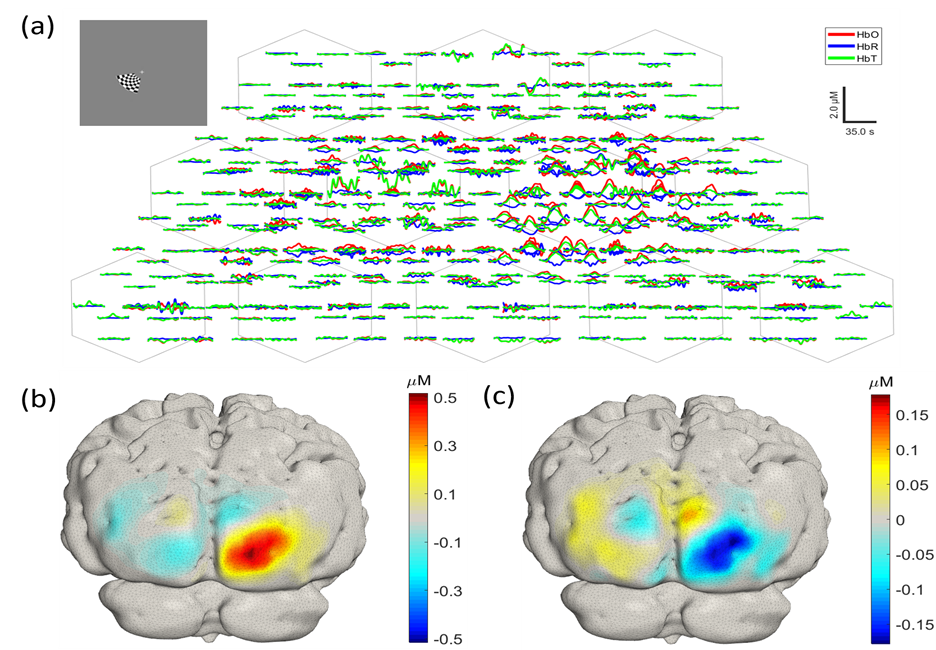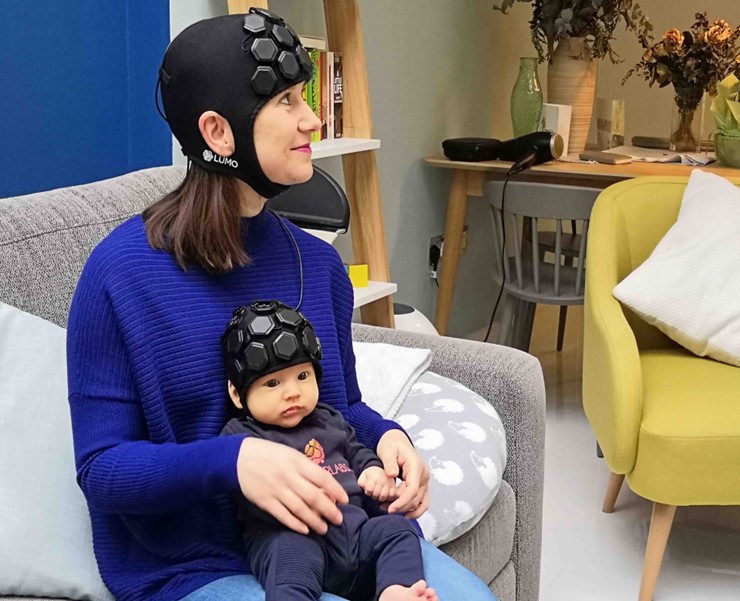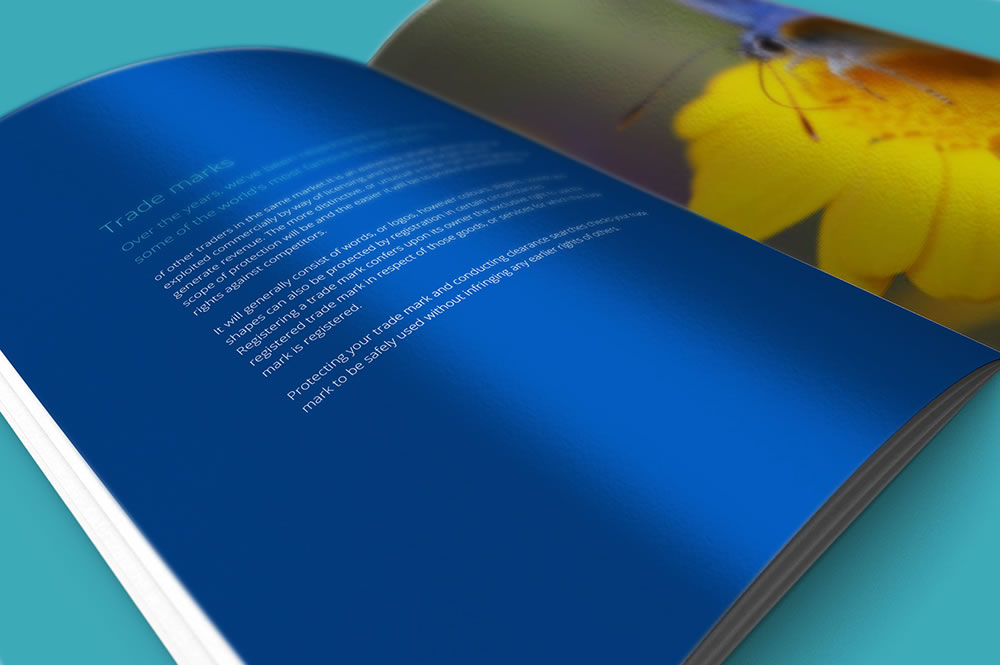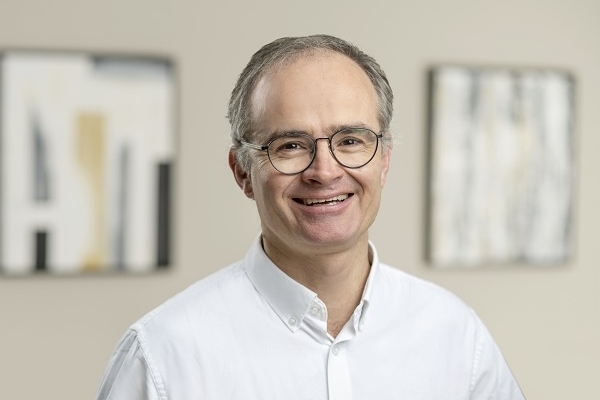Tue 14th Mar 2023
Shedding (near-infrared) light on human brain activity
Services: Applying for a patent overseas, Brand protection, Design rights, Innovation capture, IP portfolio management, IP strategy, Obtaining a patent, Opposing and defending a patent at the EPO, Patents, Trade marks
Sectors: Life sciences and health
Page White Farrer was engaged to ensure that valuable intellectual property of Gowerlabs was properly captured and protected.
Background
Gowerlabs was established in 2013 by a team of engineers and physicists from the department of Medical Physics and Biomedical Engineering at University College London.
The business is at the forefront of developments in functional near-infrared spectroscopy (fNIRS), a technology which allows human brain function to be studied in a non-invasive, easy-to-use and portable way.
Understanding brain activity
Our brains are made up of billions of neurons and there is a reliable and well understood relationship between neuronal activity and the localised response of the blood vessels (known as neurovascular coupling), so that measurements of local changes in cerebral blood volume provide an excellent proxy measurement of brain activity.
This technology relies on two critical physiological properties: the relative transparency of human tissues to near-infrared light; and the different absorption spectra of oxygenated and deoxygenated haemoglobin.
By transmitting near-infrared light at two different wavelengths into the scalp, and then detecting the light that scatters back to the surface, it is possible to measure the changes in concentration of both oxygenated and deoxygenated haemoglobin in the brain. So changes in both blood volume and oxygenation state can be measured non-invasively. This provides an outstanding tool with which to study and monitor the human brain.
Conventional measurement techniques, such as fMRI, often employ bulky equipment, which can be difficult to use, particularly with infants. Gowerlabs has designed a unique wearable fNIRS system, known as LUMO.
This system has sensor modules which can be easily plugged in and removed to be re-located at different positions on the head. This has been an important part of the innovation process to ensure the system can be easily reconfigured to image different areas of the brain.
The system is lightweight and wearable, requires no heavy optical fibres and can be used with all ages and in a wide variety of environments. And most importantly, this is the world’s first high density wearable system.
High density imaging is a big step forward in this field, as it allows the physiological interference from scalp and skull to be subtracted from the brain signal, which results in much better functional data being obtained.

An example of an image of brain activation that can be obtained with LUMO:
(a) shows the visual stimulus being applied to the subject (a rotating checkerboard). Also shown is a grid of the haemodynamic response of each source-detector pair in the imaging array.
(b) and (c) show images of brain activity in the occipital cortex that have been reconstructed from this data.
(b) is an image of oxy-haemoglobin changes
(c) is an image of deoxy-haemoglobin changes.
The peak response can be seen to be on the opposite side of the brain to the position of the stimulus in the visual field, as expected.
LUMO configured as a hyperscanning system, allowing mother and baby to be imaged simultaneously. This is a vital tool in developmental psychology research.
LUMO is currently in use all over the world. Just two of the many and varied applications are:
- performing brain imaging on infants in the Neonatal Intensive Care Unit (NICU) through the Evelyn Perinatal Imaging Centre at the Rosie Hospital of the Cambridge University Hospitals NHS Foundation Trust; and
- investigating cognitive development in malnourished children in rural Gambia through the Global fNIRS project.
The system has also been featured on the BBC.
Understanding the objectives of Gowerlabs
Page White Farrer was engaged to ensure that valuable intellectual property (IP) within the business was properly captured and protected.
Through a number of personal meetings, starting at the earliest stages of development of the system, we were able to learn the innovative aspects of the technology and the key features to protect. The next stage was to advise the company on an appropriate IP strategy. As the business and the product has developed over time, the IP strategy has evolved in tandem.
Patent protection
Construction of the patent portfolio commenced with the filing of the first patent application in the UK Intellectual Property Office in 2016. Protection has been extended by subsequently filing in a number of other patent offices overseas, including the European and US Patent Offices.
The patent applications cover a number of different features of the core technology, ranging from the tiled module and headgear arrangement through to aspects concerning the hardware used. The European Patent Office has already granted a European patent.
Community registered designs
The overall appearance of the tiled headgear, as well as the appearance of a number of key components of the headgear, have been independently protected by European Union and UK registered designs.
Trade marks
Gowerlabs ensured that they considered all types of IP. We also helped by protecting their trade marks by registration in many countries, defending against attacks by opponents and using money-saving trademark filing systems where available.
Trade marks have been registered for “GOWERLABS & Logo” and “LUMO”.
What the client says
"Page White Farrer have been a huge asset to us over the course of this project, guiding us skilfully through the minefield that is IP protection. We started this project knowing next to nothing about what would be involved in applying for patent protection.
From the start we realised that we were in very capable hands, and this allowed us to focus our main efforts on developing the technology itself, safe in the knowledge that our IP was being looked after by the experts."
This briefing is for general information purposes only and should not be used as a substitute for legal advice relating to your particular circumstances. We can discuss specific issues and facts on an individual basis. Please note that the law may have changed since the day this was first published in March 2023.





